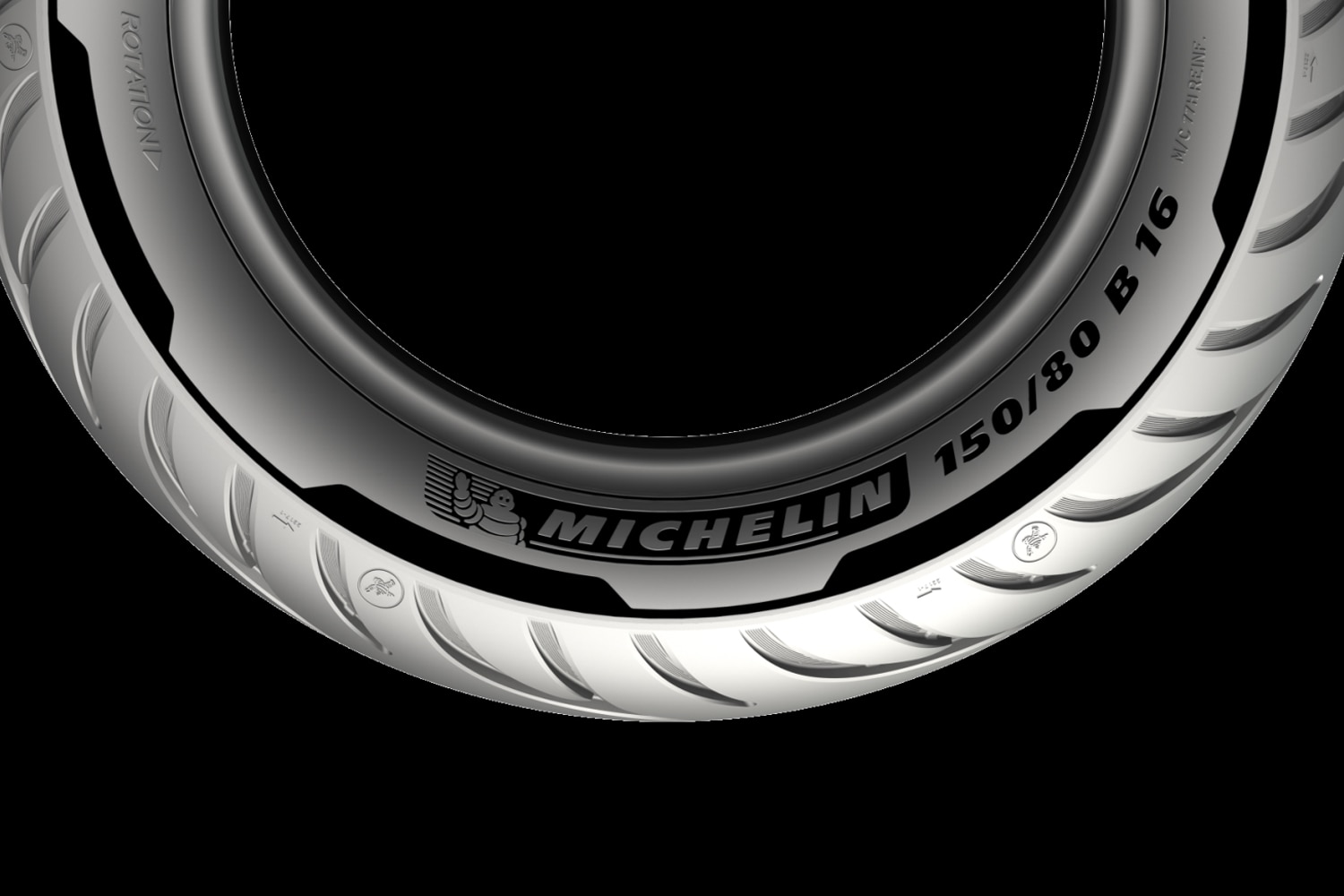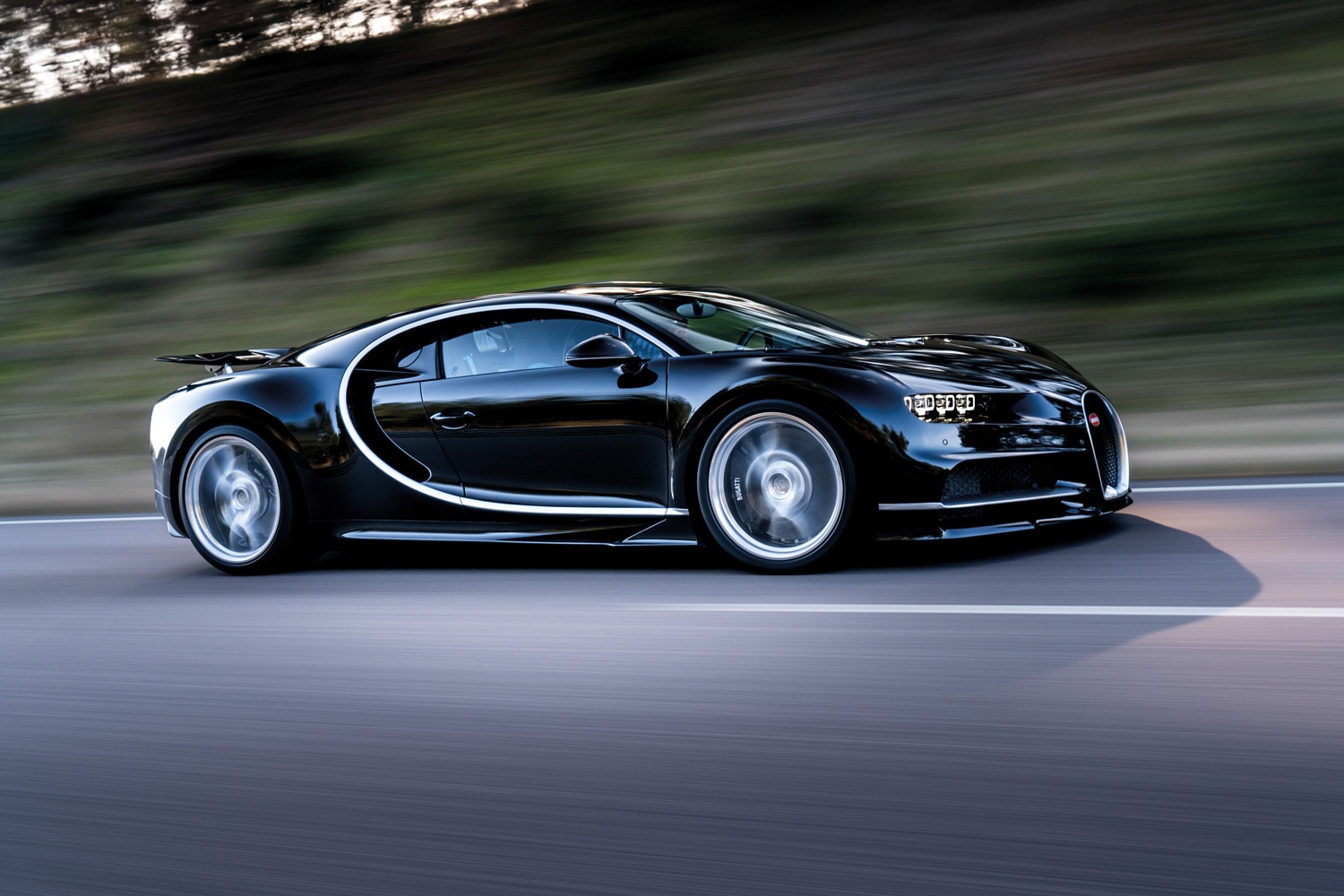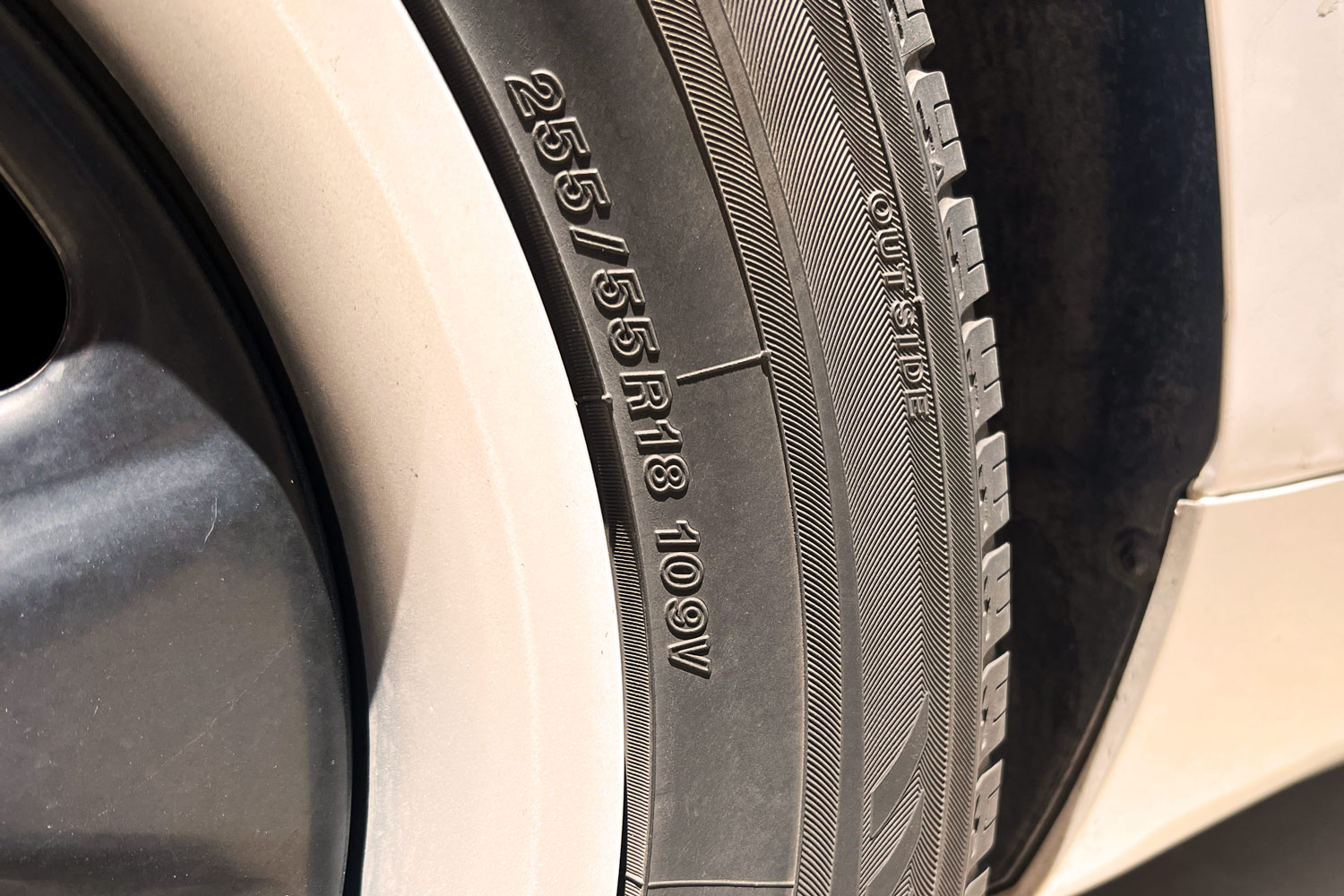What Tire Speed Ratings Mean
Your car's rubber has its own maximum velocity.
 Buick
Buick
There is a lot of information on the sidewall of a tire. The letters and numbers found there can tell you a lot about the rubber, but you need to know how to decode them. We're focusing on a specific character, a letter that denotes the speed rating, and how important that measurement is for cars from Buick to Bugatti.
 Michelin
Michelin
A Speed Rating Reveals the Maximum Speed for a Tire
A tire's speed rating, or speed index, is a code that corresponds to the maximum velocity at which the tire can safely operate. The manufacturer determines this limit during the design and testing process, considering several factors such as the tire's ability to dissipate heat at speed. There are some assumptions that come along with this rating: The tire is properly inflated, in good condition, and not loaded past its maximum rated weight.
 Bugatti
Bugatti
The Speed Rating Is the Letter Listed After Tire Size
You'll usually find the speed rating — represented by a letter — after the tire's size info, paired with the load rating. For instance, a 2022 Chevrolet Trailblazer LS comes with 225/60R-17 99H tires. H is the speed rating. That particular character corresponds to a maximum speed of 130 mph.
Alternatively, the rating will be after the first five numbers or not there at all. The federal government doesn't require tire manufacturers to include this bit of info on the sidewall.
Speed ratings generally increase as you progress through the alphabet, but there are some exceptions. The order is as follows: L, M, N, P, Q, R, S, T, U, H, V, Z, W, and Y.
TireRack.com has a good
You may notice that Z is out of order? That's because Z used to be the highest rating, signifying speed capability of 149 mph or more. Since then, tire and vehicle technology have progressed, necessitating more letters. That's where W (168 mph) and Y (186 mph) come in. They're considered subcategories of the Z rating, which is why you'll often still see a Z in the tire size, stuck between the tire's aspect ratio and the R signifying it's a radial. But Y wasn't enough, as now there are tires that can go faster than 186 mph. In those cases, the tire's load and speed rating get wrapped in parentheses.
The 2023 BMW M3 sedan comes standard with 275/40ZR-18 (103Y) XL front and 285/35ZR-19 (103Y) XL rear rubber. In addition to that Z within the size, both the front and rear tires have a Y speed rating within parentheses, as the rubber can hold up at speeds beyond 186 mph.
The Bugatti Chiron also uses Y-rated tires. A Chiron Super Sport became the fastest-rated near-production car to break the 300-mph mark in 2029 by hitting a top speed of 304.8 mph. It was wearing specially made Michelin Pilot Sport Cup 2 tires.
 Kara Snow | Capital One
Kara Snow | Capital One
Make Sure the Rating Matches Your Driving Needs
When purchasing new tires, look for a speed rating equal to or greater than what the vehicle came with. In the case of winter tires, you're likely to find lower speed ratings than on your three-season rubber, often a Q, which is fine. Just be sure to keep this new, lower maximum speed in mind if you happen to be in a place where high speed is legal and safe — a racetrack or de-restricted portion of the Autobahn, for example.
You should try to match speed ratings on all four tires or at least make sure they're the same on each axle. If you do end up with different ratings for the front and rear tires, the lower of the two is the maximum.
Written by humans.
Edited by humans.
 David Gluckman
David GluckmanDavid Gluckman has over a decade of experience as a writer and editor for print and digital automotive publications. He can parallel park a school bus, has a spreadsheet listing every vehicle he’s ever tested, and once drove a Lincoln Town Car 63 mph in reverse. When David’s not searching for the perfect used car, you can find him sampling the latest gimmicky foodstuffs that America has to offer.
Related articles
View more related articles